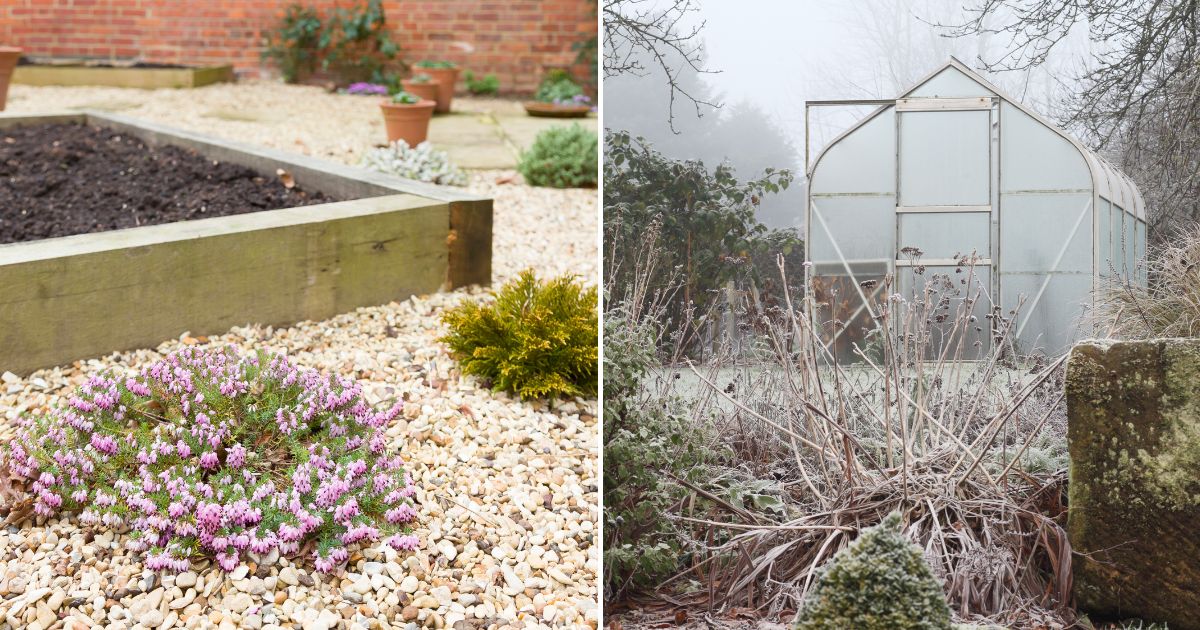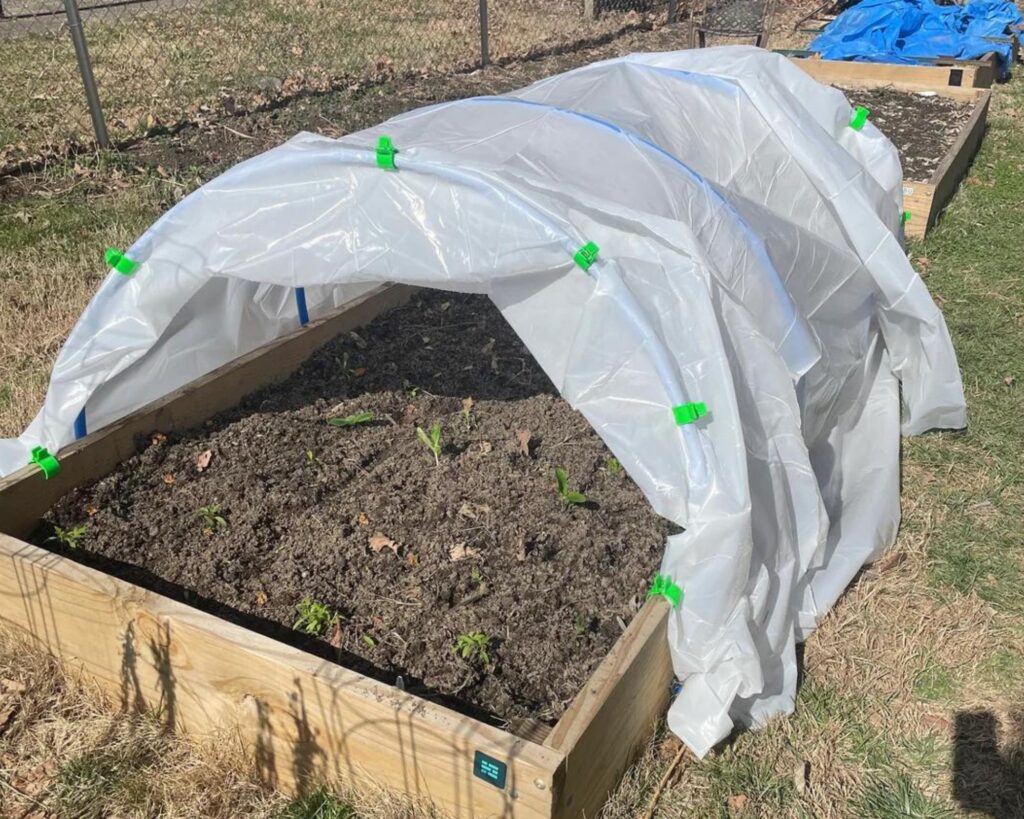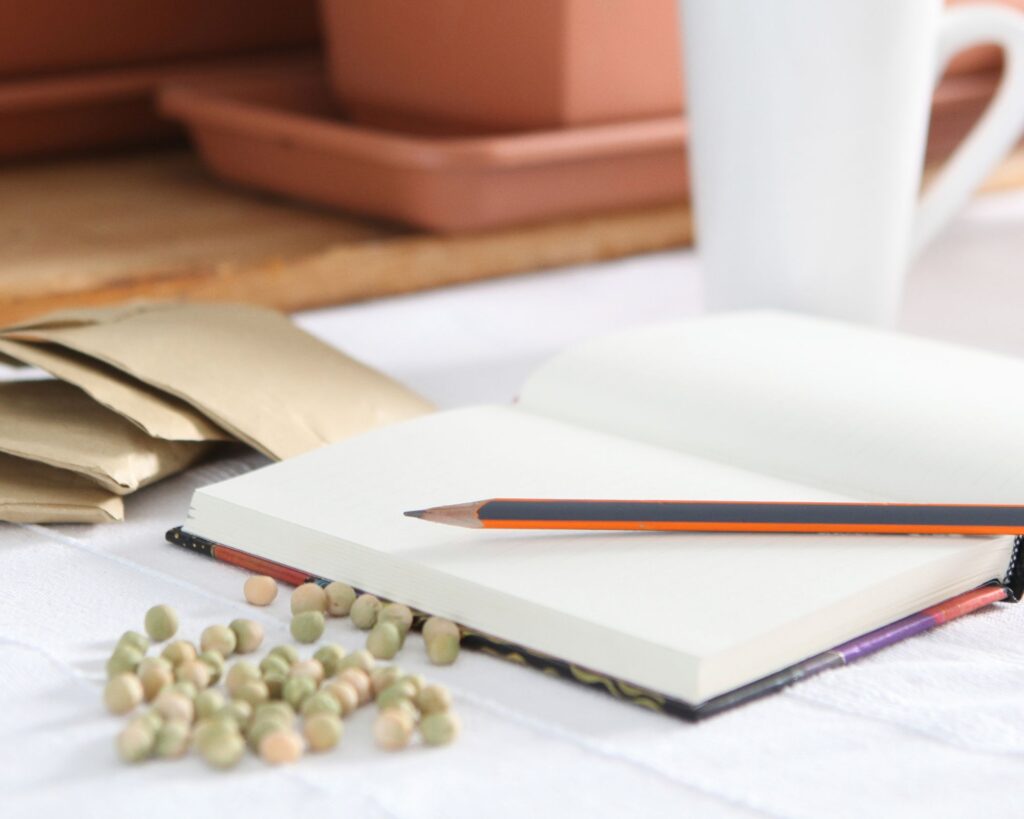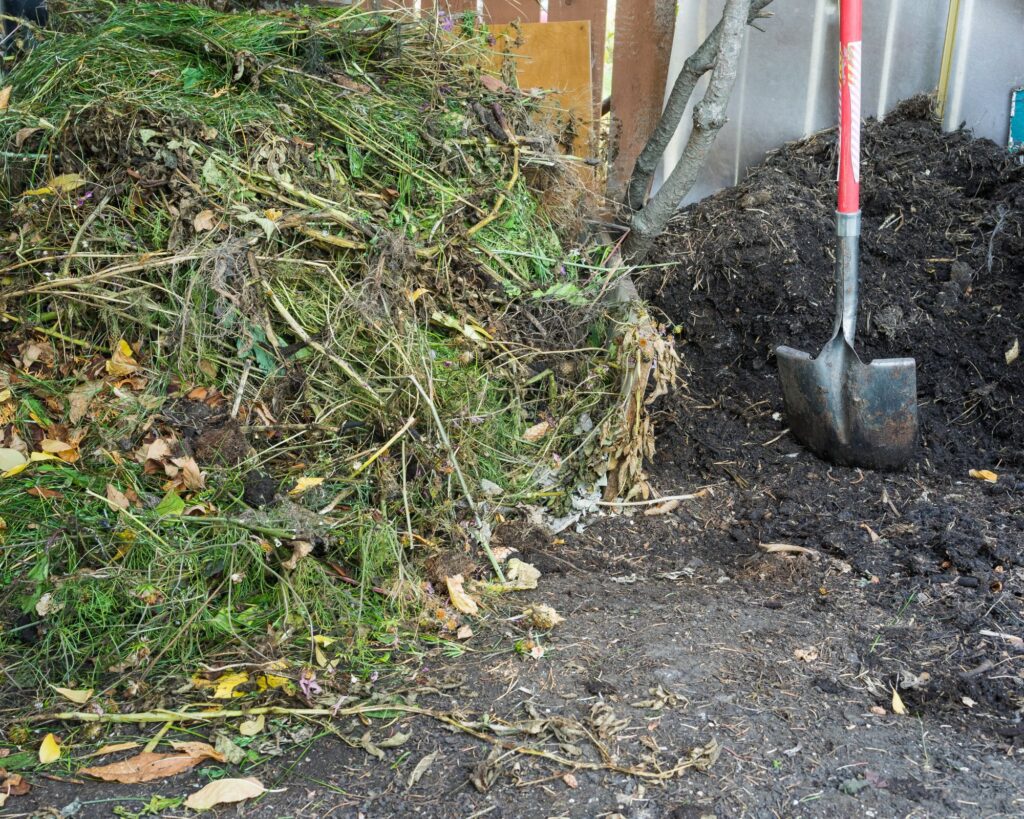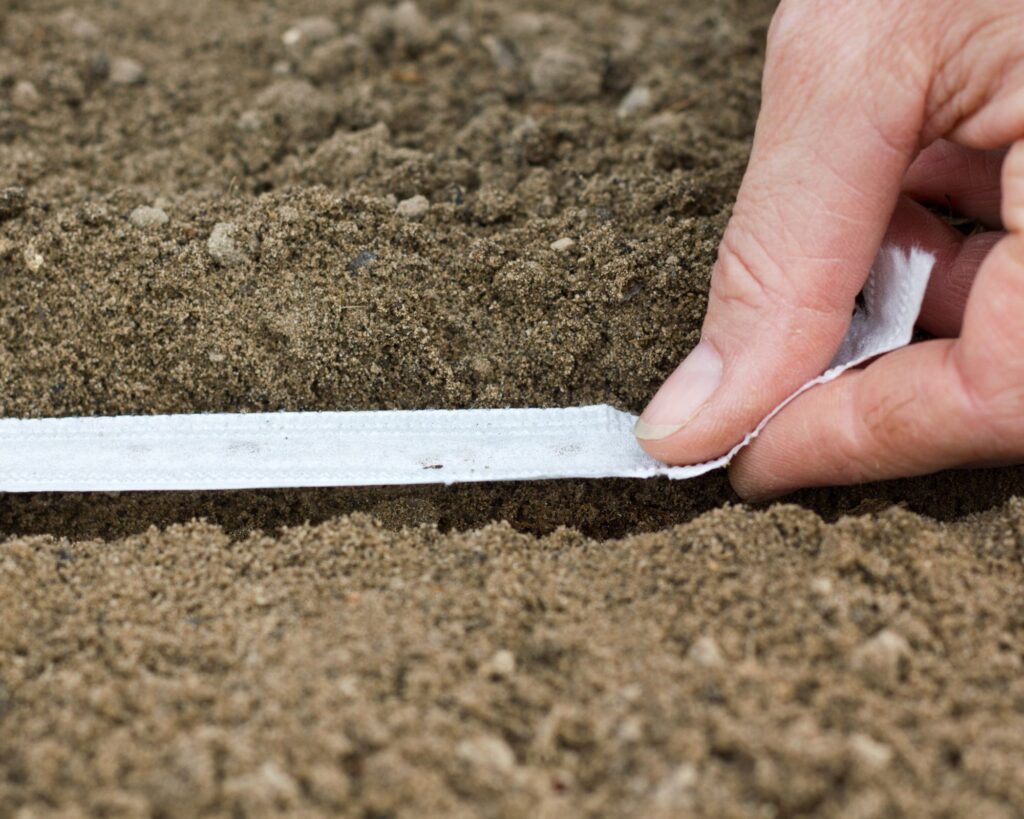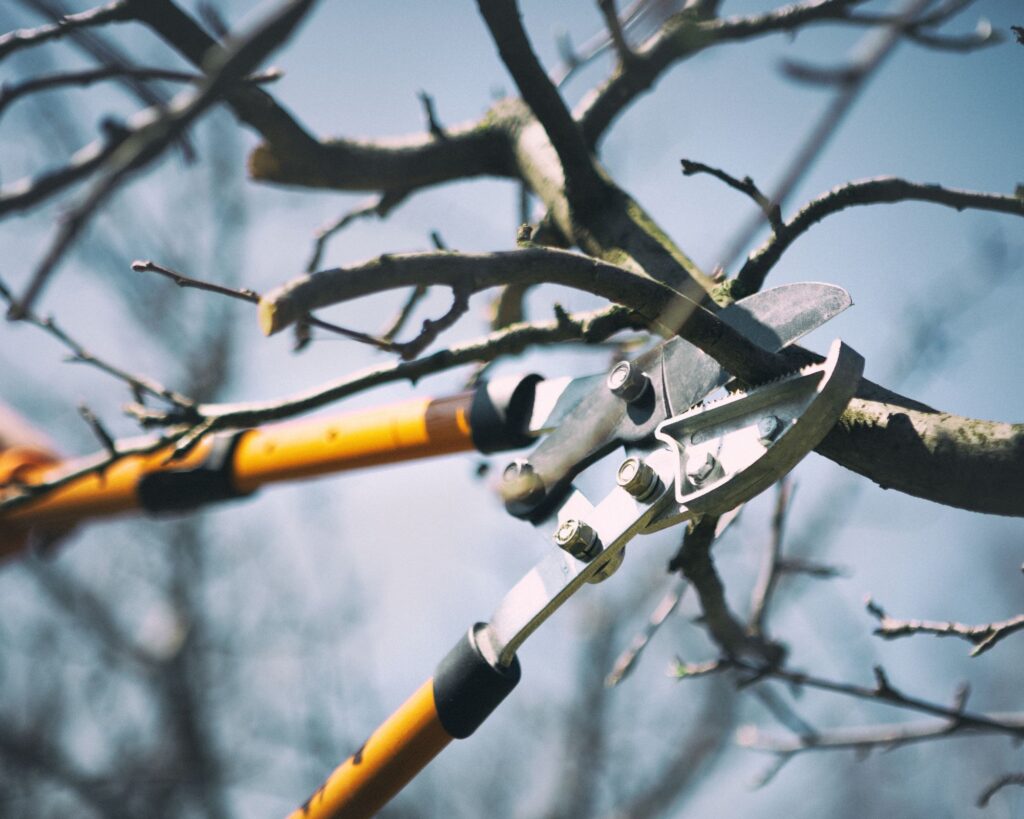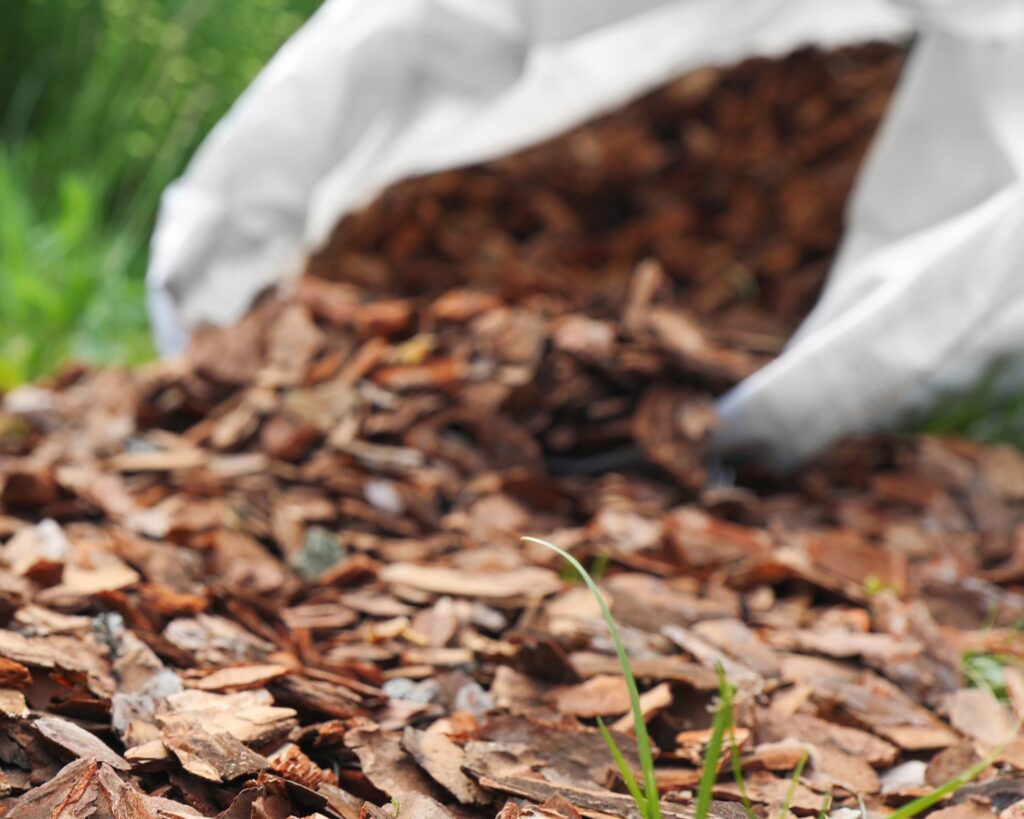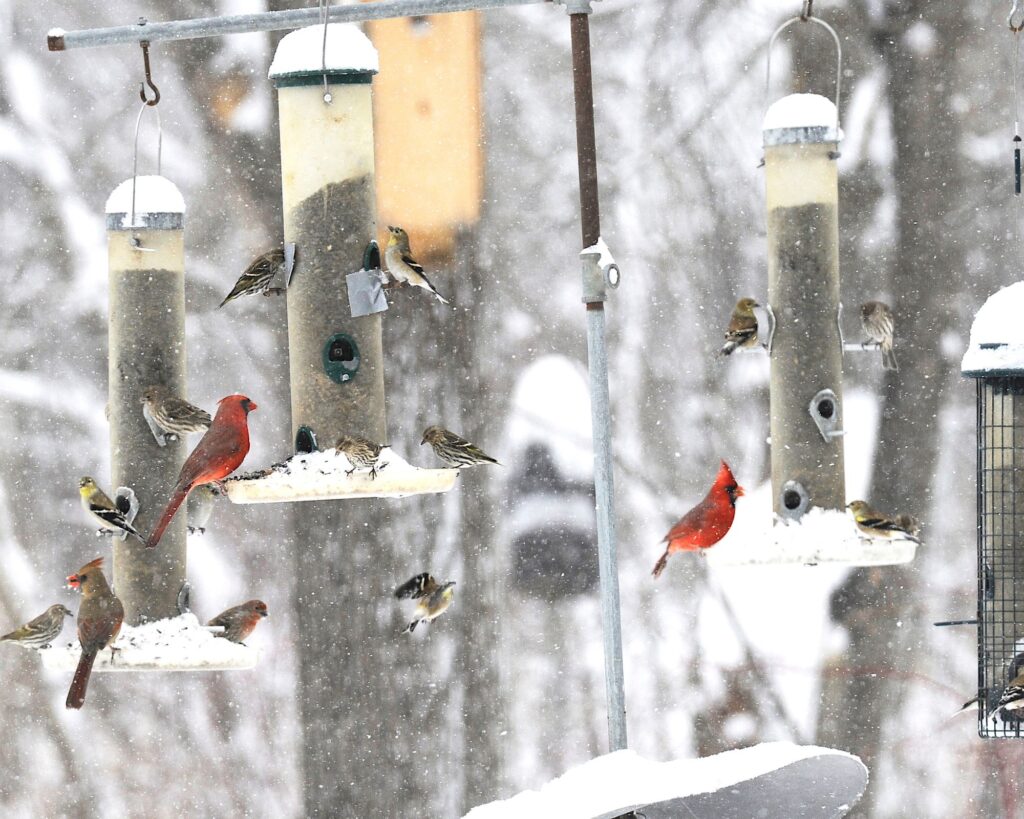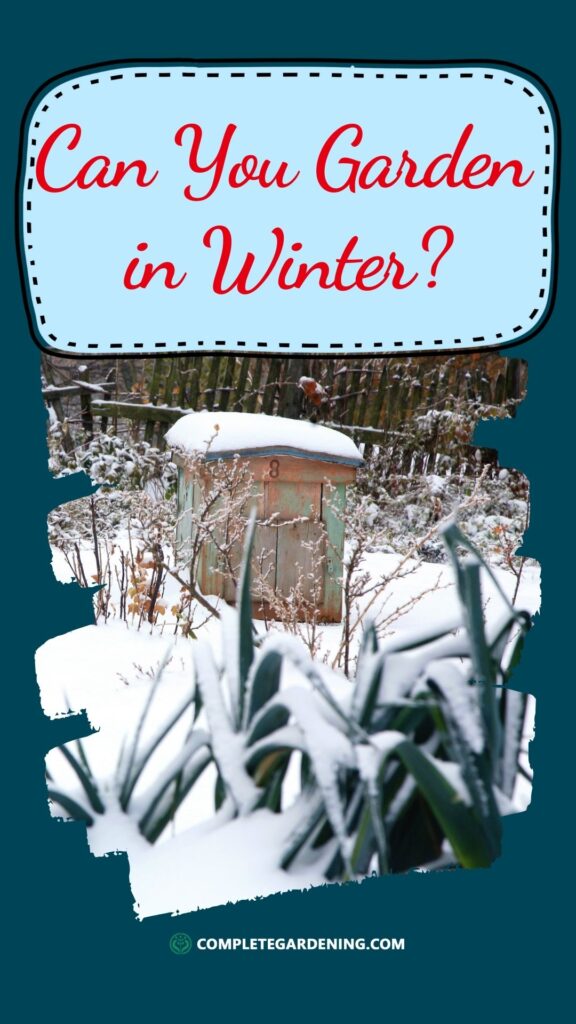Winter is often considered a quiet time in the gardening world, but that doesn’t mean you need to stop getting your hands dirty.
Even though frost and snow may limit what can grow outside, there are plenty of winter gardening projects that can keep you busy, productive, and prepared for the upcoming spring.
Whether you’re an experienced gardener or just starting out, these 10 winter gardening projects will help you make the most of the colder months.
1. Create a Winter Vegetable Garden
Growing vegetables in winter is easier than you might think, especially if you focus on cold-hardy crops. Vegetables like kale, spinach, carrots, and winter radishes can tolerate lower temperatures and even thrive under a light frost.
With the help of protective measures like row covers or low tunnels, you can extend the growing season and harvest fresh produce well into the winter months.
Start by prepping your garden beds with compost and mulch to insulate the soil. Choose seeds or transplants specifically bred for cold tolerance, and cover them with lightweight fabric or plastic tunnels to retain warmth and moisture.
This is a great way to keep fresh, homegrown veggies on your table during the winter.
2. Build a Cold Frame
A cold frame is a miniature, unheated greenhouse that can protect your plants from freezing temperatures. It allows you to grow plants even when it’s cold outside by trapping heat from the sun and providing shelter from the elements.
Building a cold frame can be a fun DIY project that helps you continue gardening through the winter.
You can create a cold frame using reclaimed wood, old windows, or plastic sheeting for the cover. Place it over an area of your garden where you want to extend the growing season or start seeds early.
Cold frames are particularly useful for starting winter greens or protecting young plants from frost.
3. Force Bulbs Indoors
Forcing bulbs indoors is a classic winter gardening project that brings a splash of color and fresh fragrance into your home during the cold months.
Bulbs like daffodils, hyacinths, tulips, and paperwhites can be “forced” to bloom indoors by mimicking their natural growth cycle.
To force bulbs, choose a container with good drainage and fill it with potting soil. Plant the bulbs, leaving their tips exposed, and store the container in a cool, dark place for several weeks (typically 8 to 16 weeks, depending on the bulb variety).
Once the shoots start to emerge, move the container to a sunny spot in your home, and enjoy the blooms as they brighten up your indoor space.
4. Plan Your Spring Garden
Winter is the perfect time to start planning your spring garden. With the growing season on pause, you have plenty of time to research, sketch layouts, and decide on the plants you want to grow next year.
Planning ahead can help you maximize your garden’s productivity and ensure that you have everything in place when the warmer months arrive.
Start by reviewing your successes and challenges from the previous growing season. What worked well? What didn’t? Use this time to order seeds, plan crop rotations, and map out planting schedules.
If you’ve been considering expanding your garden or experimenting with new plant varieties, winter is the best time to put those ideas on paper.
5. Start a Compost Pile
If you don’t already have a compost pile, winter is a great time to start one. Composting your kitchen scraps, yard waste, and other organic materials throughout the winter ensures you have rich, nutrient-dense compost to add to your garden beds in the spring.
Though decomposition may slow down in the cold weather, it doesn’t stop completely. You can continue to add materials like vegetable peelings, coffee grounds, and leaves to your compost pile.
To speed up the process, shred your organic waste into smaller pieces, and keep the pile insulated with straw or tarps to retain heat. Turn the pile regularly to ensure proper aeration and mix green and brown materials for a balanced compost.
6. Make Seed Tapes for Spring Planting
Seed tapes are a convenient way to plant seeds with precise spacing, saving time and ensuring that your crops have room to grow. Winter is the perfect time to make seed tapes for the upcoming growing season.
All you need is biodegradable paper (like newspaper or toilet paper), a flour-and-water paste, and your seeds. Cut the paper into strips and use the paste to stick seeds onto the paper at the recommended spacing for each plant.
Once dried, roll the seed tapes up for easy storage. Come spring, you can simply lay the seed tapes in your garden beds, cover them with soil, and water them in. This project not only saves time during planting season but also ensures that your crops are evenly spaced.
7. Prune Trees and Shrubs
Winter is an ideal time to prune certain trees and shrubs. During dormancy, plants are less susceptible to diseases and pests, making it a safer time to trim and shape them.
Pruning in winter can encourage new growth in the spring and help maintain the overall health and structure of your plants.
When pruning, focus on removing dead, diseased, or damaged branches. Cut back any crossing or crowded branches to improve air circulation and light penetration.
Be sure to research the specific needs of each plant, as not all trees and shrubs benefit from winter pruning. For instance, avoid pruning spring-flowering shrubs like lilacs and azaleas until after they bloom.
8. Grow Microgreens Indoors
Microgreens are a quick and easy crop to grow indoors, even during the winter. These tiny, nutrient-packed greens can be grown in trays on your windowsill and harvested in as little as 10 to 14 days.
Microgreens like arugula, cilantro, radishes, and mustard greens add a fresh burst of flavor to salads, sandwiches, and smoothies.
To grow microgreens, fill a shallow tray with seed-starting mix, sprinkle seeds evenly across the surface, and lightly press them into the soil. Water gently and cover the tray with a clear lid or plastic wrap to create a mini greenhouse effect.
Place the tray in a sunny spot or under grow lights, and mist the seeds daily to keep the soil moist. Once the microgreens have developed their first true leaves, they’re ready to harvest.
9. Mulch Your Garden Beds
Winter mulching helps protect your garden beds from the harsh conditions of frost and snow while preserving moisture and preventing soil erosion. It also insulates the soil, keeping it warmer and reducing temperature fluctuations that can damage plant roots.
Spread a layer of organic mulch, such as straw, shredded leaves, or wood chips, over your garden beds. This will not only protect your perennials and root vegetables but also improve the soil as the mulch breaks down over time.
Mulching in the winter also helps to suppress weeds, making your spring garden maintenance easier.
10. Feed the Birds
Birds play an important role in garden ecosystems, and providing them with food during the winter helps them survive the colder months while keeping them around to control pests when spring returns.
Setting up bird feeders or making DIY bird food treats can be a rewarding winter gardening project.
To attract birds to your garden, hang feeders filled with seeds that provide energy, such as black oil sunflower seeds, suet, or peanut butter treats. You can also create simple bird feeders by smearing peanut butter onto pinecones and rolling them in birdseed.
Not only will this help support local bird populations, but it will also add life and movement to your winter garden.
With these 10 winter gardening projects, you can stay connected to your garden throughout the colder months.
Whether you’re growing fresh vegetables, building structures like cold frames, or preparing for spring, winter can be just as fulfilling for gardeners as any other season.
Embrace the opportunities winter provides, and you’ll find yourself more than ready for a thriving garden when the warmer days return.
